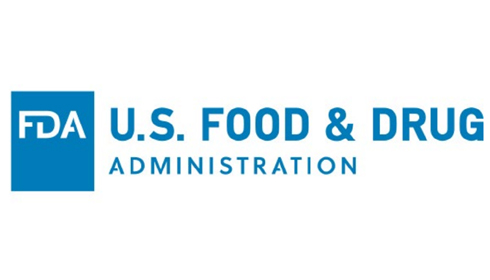
FDA's New Rule on Nonprescription Drugs with Additional Conditions: A Pathway to Expanded Access
The United States Food and Drug Administration (FDA) has recently issued a groundbreaking regulation, paving the way for a new category of nonprescription medication goods. The final rule creates guidelines for medicines with an Additional Condition for Nonprescription Use (ACNU). This is a big step towards making it easier for people to get safe and effective medicines without a prescription.
ACNU is a criterion that drug producers must adopt to guarantee that customers choose and use nonprescription drugs appropriately. This could include tools such as surveys or decision aids that assist individuals in determining whether the medicine is appropriate for their requirements. "This rule gives consumers options for self-care, allowing them to make informed decisions about specific medications," stated FDA Commissioner Robert Califf.
The rule aims to make pharmaceuticals that previously required a prescription, notably those for chronic diseases, more widely available. This could help to address public health concerns while also lowering access obstacles.
As part of the new system, the FDA has come up with a comprehensive set of interconnected standards called "Additional Conditions for Nonprescription Use" to make sure that over-the-counter medicines are safe and effective. The procedure starts with the mandatory filing of a new drug application (NDA) or an abbreviated new drug application (ANDA). For medications already approved for prescription usage, the rule requires a second application with ACNU for the nonprescription form, emphasising the importance of a unique examination to ensure suitability for over-the-counter availability.
Once approved, severe labelling requirements apply. These standards aim to provide clear, concise, and user-friendly information, enabling users to make informed decisions about the product's use. Proper labelling is a critical component of the framework since it directly influences consumer knowledge and the safe use of the drug without expert supervision.
Postmarketing reporting is an important follow-up tool that requires enterprises to monitor and document any failures in the implementation of the ACNU. This ensures constant oversight and aids in the identification of any system risks or gaps, ensuring the long-term integrity of consumer safety and product efficacy.
Finally, the rule tackles misbranding by outlining instances in which a product may be considered non-compliant. This includes insufficient labelling and failure to follow established ACNU requirements. By clearly establishing these requirements, the FDA emphasises the need for strict adherence throughout the drug's lifecycle to ensure that medicines are trustworthy and effective for consumers.
These connected parts make up a strong regulatory framework whose goal is to make it easier for people to get over-the-counter medicines while still meeting strict safety and effectiveness standards.
This rule creates opportunities for pharmaceutical companies to develop and diversify their offers. Nonprescription medications containing ACNU may include drugs used to treat chronic illnesses such as diabetes or high blood pressure that were previously only available via prescription.
The FDA emphasised that the new rule does not affect the status of current, over-the-counter (OTC) medications approved under standard applications or monographs. Instead, it broadens the availability of nonprescription drugs, enabling pharmaceutical companies to investigate novel formulations or indications.
"By allowing simultaneous marketing of prescription and nonprescription versions of a drug with ACNU, the FDA ensures consumer safety without compromising access," noted Janet Woodcock, Principal Deputy Commissioner of the FDA.
While the potential benefits are enormous, establishing ACNUs will necessitate meticulous planning and adherence to strict rules. The FDA has made it plain that failing to comply with application or labelling standards will result in rejection.
It is also vital to strike a balance between simplifying access and implementing robust safety safeguards. Some experts warn against over-reliance on tools such as surveys, recommending explicit consumer education to prevent misuse.
The final rule might change the landscape of pharmaceutical access in the United States. By bridging the gap between prescription and over-the-counter pharmaceuticals, it contributes to the larger goals of encouraging self-care and lowering healthcare expenditures.
"This is a win-win for both public health and industry," said a spokeswoman from the National Association of Chain Drug Stores. "Consumers gain greater autonomy, while pharmaceutical companies have new opportunities for growth."
The FDA's final rule on nonprescription medications with ACNU represents a progressive approach to improving drug accessibility. This policy, which prioritises safety and consumer empowerment, has the potential to alter self-care boundaries in the pharmaceutical industry.